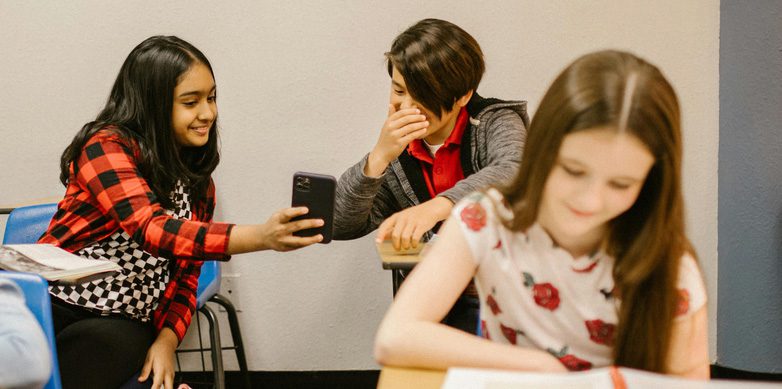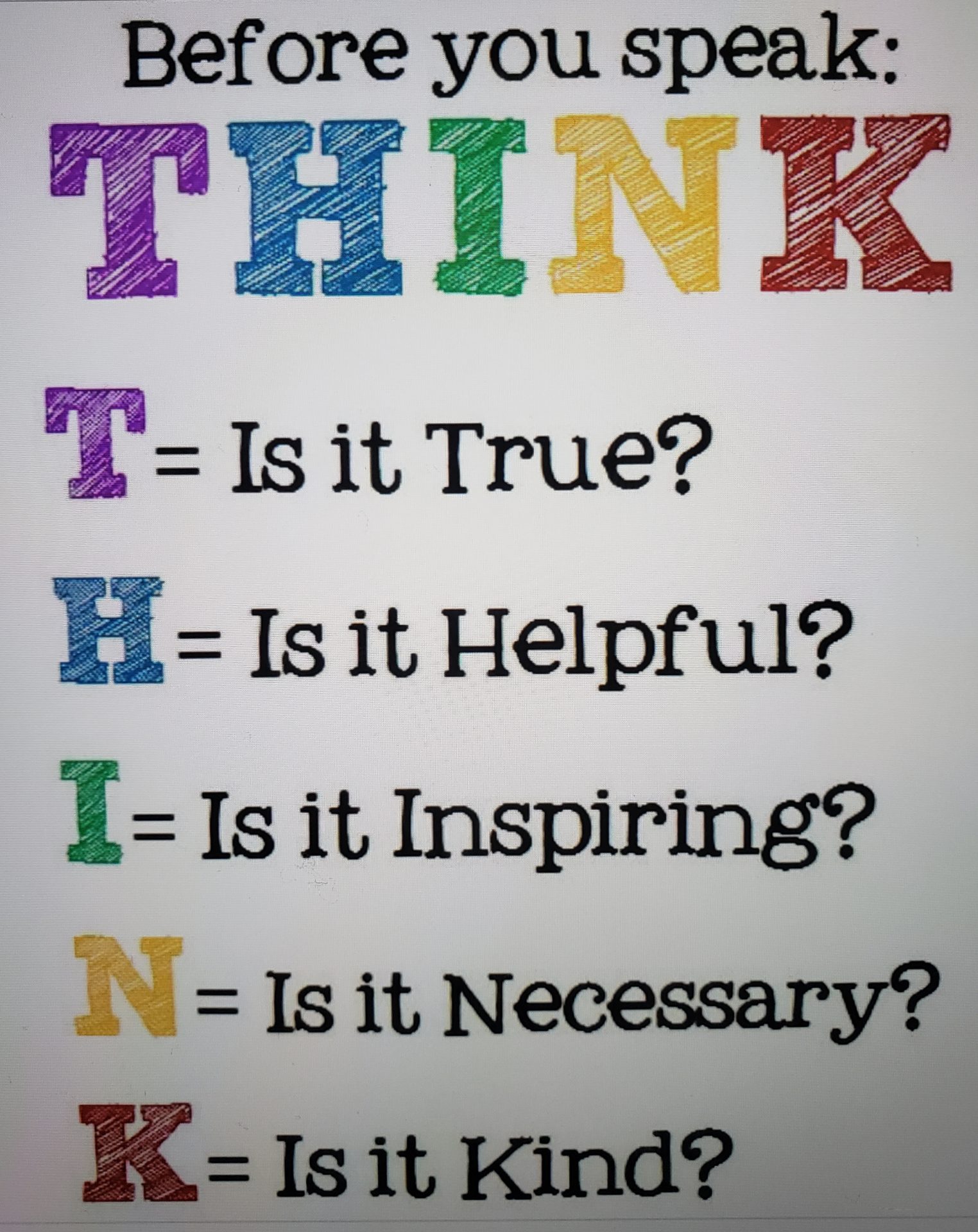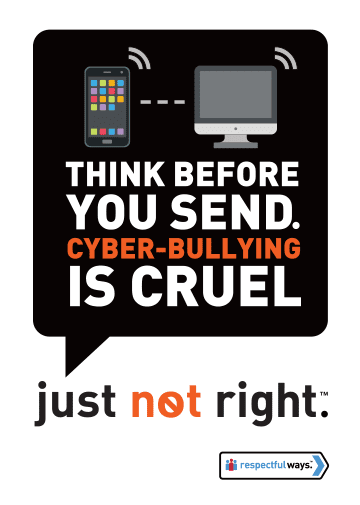Cyberbullying: The Hidden Crisis in Schools and How We Can Stop It
October 3, 2024

In today’s digital world, teens and children are online more than ever for social interaction. While these platforms can enhance connection and self-expression, they also pose significant challenges — especially in the rise of cyberbullying. This growing issue in high schools around the globe negatively impacts students’ mental health, academic performance, and overall well-being.
What is Cyberbullying?
Cyberbullying refers to the use of digital communication to harass or intimidate individuals. It can manifest in various ways:
- Text Messages: Sending threatening or insulting messages.
- Social Media Attacks: Posting hurtful comments or spreading rumors on platforms like Instagram or TikTok.
- Online Impersonation: Creating fake profiles to distribute harmful content.
- Exclusion: Intentionally leaving someone out of online groups, leading to feelings of isolation.
 Impact on Victims
Impact on Victims
- Academic Challenges: Difficulty concentrating can lead to lower grades and higher absenteeism.
- Emotional Distress: Victims often suffer from anxiety, depression, and feelings of inadequacy.
- Social Withdrawal: Many victims withdraw from friends and family due to shame or fear.
- Extreme Outcomes: These effects can sometimes result in severe consequences, including self-harm or suicidal thoughts.
The Role of Schools
- Establish Clear Policies
Create straightforward anti-bullying guidelines that specify the consequences for violations. - Educate and Raise Awareness
Implement programs to inform students about cyberbullying and its effects. - Provide Reporting Mechanisms
Offer confidential ways for students to report incidents. - Build Support Systems:
Train counselors to provide support to victims in a safe environment. - Engage Parents:
Organize workshops to help parents recognize signs of cyberbullying and monitor their children’s online activities.
 Remember to T.H.I.N.K.
Remember to T.H.I.N.K.
-
- T- Is it True?
- H- Is it Helpful?
- I- Is it Inspiring?
- N- Is it Necessary?
- K- Is it Kind?
The Respectful Ways middle and high school module Think Before You Send – Cyberbullying is Cruel involves students and teachers in exploring the issues of cyberbullying and social media safety.
 Here’s a video review of our cyber-bully course for teens.
Here’s a video review of our cyber-bully course for teens.
In this course, students research their state’s laws on cyberbullying, practice writing formal letters to lawmakers, and reflect on their own behavior while committing to positive interactions by signing an anti-cyberbullying pledge. Through project-based learning, they explore the impact of cyberbullying and the importance of mindful communication using the T.H.I.N.K. method.
 Additionally, Respectful Ways offers 32 other modules for Pre-K to 12th grade that include social-emotional learning activities, educational games, group collaboration, and scenarios to tackle bullying-related challenges. These resources, along with posters and signs, help students develop problem-solving skills and strategies for handling social conflicts effectively.
Additionally, Respectful Ways offers 32 other modules for Pre-K to 12th grade that include social-emotional learning activities, educational games, group collaboration, and scenarios to tackle bullying-related challenges. These resources, along with posters and signs, help students develop problem-solving skills and strategies for handling social conflicts effectively.
Addressing cyberbullying is a complex challenge that requires teamwork among students, parents, and educators. By fostering open communication and educating young people about appropriate online behavior, we can cultivate a safer and more inclusive environment in high schools where all students can thrive.
Author: Kim Celotto for Respectful Ways
 Respectful Ways offers trauma-informed social-emotional learning curriculum for four age groups: PreK-2, 3-5, 6-8 and 9-12. Students engage with interactive, digital modules covering compassion, perseverance, respect and responsibility.
Respectful Ways offers trauma-informed social-emotional learning curriculum for four age groups: PreK-2, 3-5, 6-8 and 9-12. Students engage with interactive, digital modules covering compassion, perseverance, respect and responsibility.
This entry was posted in SEL News. Bookmark the permalink.


 Our 1st graders loved the Be Kind: It Feels Good course. The Kindness Hunt and bucket filling activities were the best. Very engaging.
Our 1st graders loved the Be Kind: It Feels Good course. The Kindness Hunt and bucket filling activities were the best. Very engaging. The Bored, Get Creative module was perfect for our 4th graders pre-winter break. We talked about things they could do if “bored”.
The Bored, Get Creative module was perfect for our 4th graders pre-winter break. We talked about things they could do if “bored”.